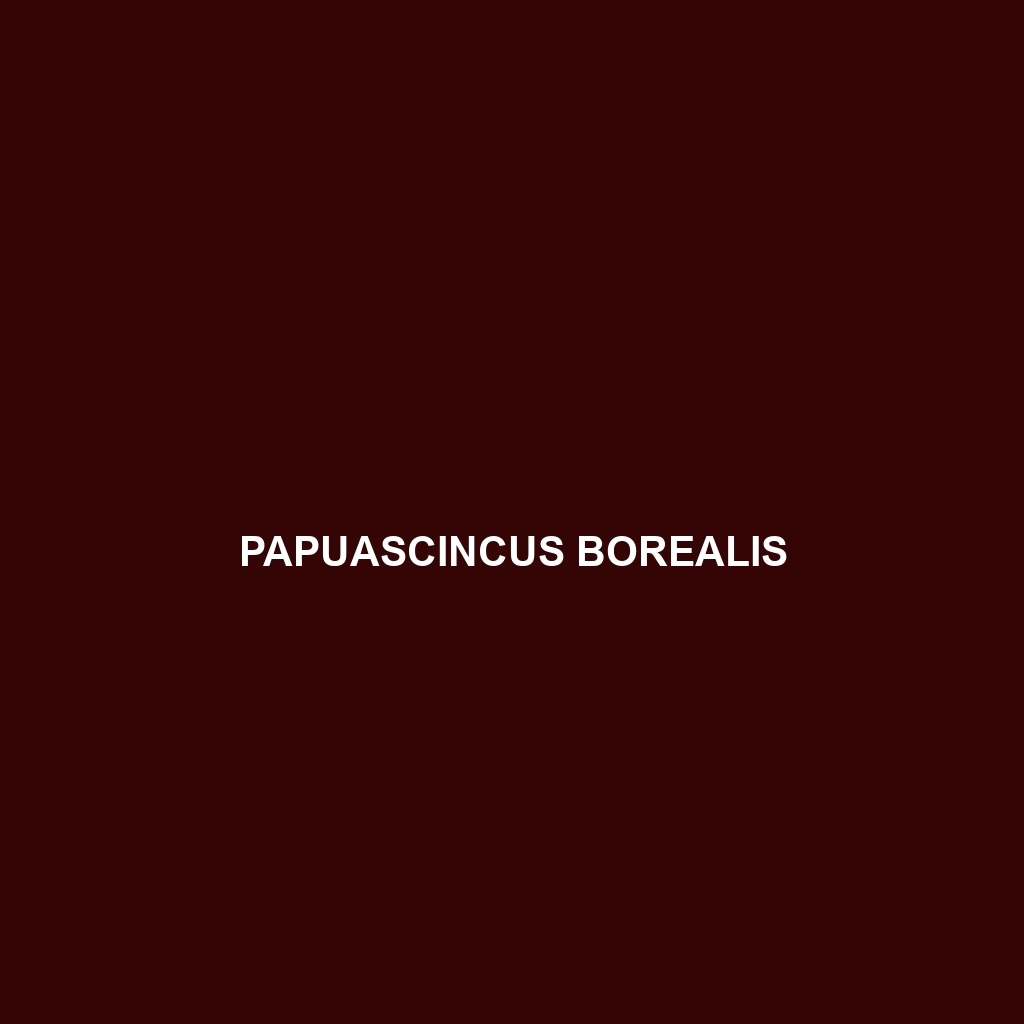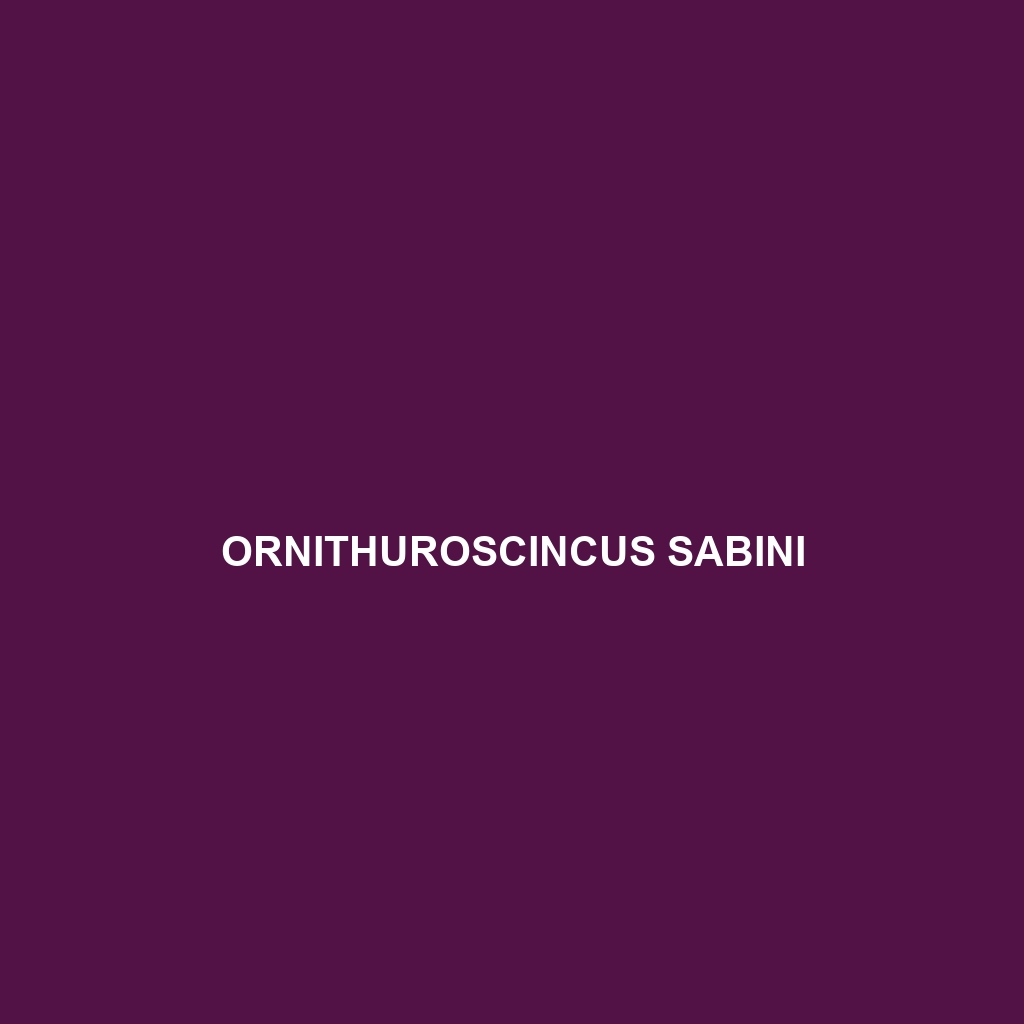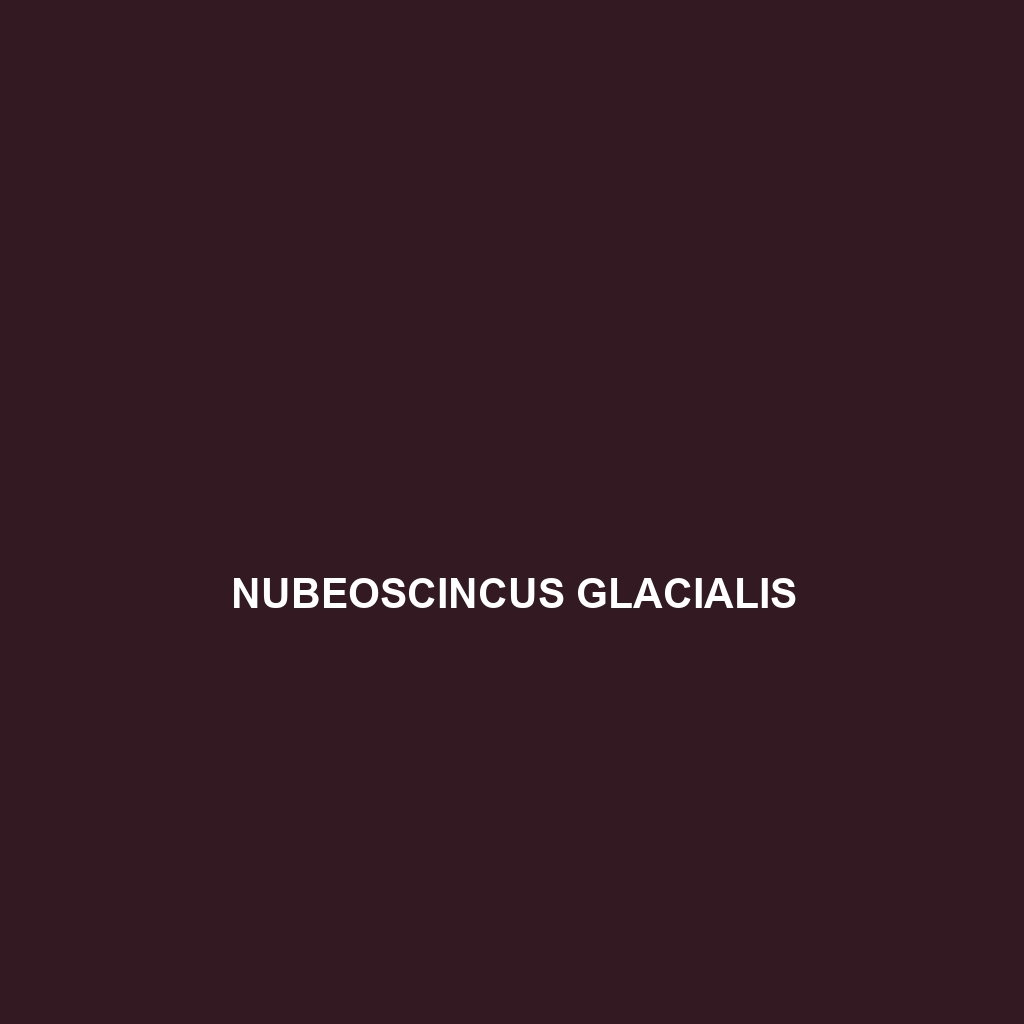<p><b>Simalia nauta</b>, commonly known as the Papuan python, is a striking reptile native to New Guinea, known for its nocturnal behavior and impressive length of up to 4 meters. Thriving in diverse habitats, this carnivorous species plays a vital role in its ecosystem, preying on small mammals and birds while exhibiting unique swimming abilities and elaborate mating displays.</p>
Tag: New Guinea wildlife
Proablepharus tenuis
<p><b>Proablepharus tenuis</b>, known as the slender sphenomorphus, is a vibrant insectivorous lizard thriving in tropical rainforests with a length of 15 to 25 centimeters. With its unique coloration, large eyes, and agile tail, it plays a crucial role in its ecosystem by controlling insect populations while showcasing remarkable camouflage abilities.</p> </div>
Proablepharus tenuis
<p><b>Proablepharus tenuis</b>, known as the slender sphenomorphus, is a vibrant insectivorous lizard thriving in tropical rainforests with a length of 15 to 25 centimeters. With its unique coloration, large eyes, and agile tail, it plays a crucial role in its ecosystem by controlling insect populations while showcasing remarkable camouflage abilities.</p> </div>
Phaeoscincus taomensis
Phaeoscincus taomensis, or the Taom skink, is a medium-sized skink native to the tropical rainforests of New Guinea, known for its dark brown and olive green coloration that provides excellent camouflage. This diurnal, omnivorous species plays a vital role in its ecosystem by controlling insect populations and serving as prey for larger animals.
Parvoscincus boyingi
<p><b>Parvoscincus boyingi</b> is a slender skink from the rainforests of New Guinea, measuring 15 to 20 cm with smooth, shiny scales that provide excellent camouflage. Primarily nocturnal and insectivorous, it plays a vital role in controlling insect populations while thriving in humid, tropical environments.</p>
Papuascincus morokanus
<p><b>Papuascincus morokanus</b>, a modest-sized skink native to the tropical rainforests of New Guinea, features smooth, shiny scales for excellent camouflage and primarily feeds on insects. This diurnal species exhibits solitary behavior and plays a crucial role in regulating insect populations within its rich biodiversity habitat.</p>
Papuascincus buergersi
<p><b>Papuascincus buergersi</b>, commonly known as Burgers' skink, is a slender, agile insectivore found in the lush rainforests of New Guinea. With distinctive olive green to brown coloration and the ability to regrow its tail, this skink plays a crucial role in its ecosystem by regulating insect populations and serving as prey for larger animals.</p>
Papuascincus borealis
<p><b>Papuascincus borealis</b>, commonly found in the tropical rainforests of New Guinea, is a sleek skink known for its vibrant coloration and unique scale patterns. This omnivorous species exhibits nocturnal foraging behavior and plays a crucial role in its ecosystem by controlling insect populations and serving as prey for larger animals.</p>
Ornithuroscincus sabini
Discover the Sabin's Skink (Ornithuroscincus sabini), a vibrant lizard found in the humid rainforests of New Guinea, known for its sleek body, color-changing abilities, and role in controlling insect populations. This intriguing species thrives in shaded microhabitats and showcases impressive climbing skills, making it a keystone contributor to its ecosystem.
Nubeoscincus glacialis
<p>The <b>Nubeoscincus glacialis</b>, commonly known as the snow skink, is a fascinating insectivorous lizard native to the temperate rainforests of New Guinea, recognized for its vibrant coloration, unique climbing abilities, and significant ecological role in controlling insect populations. Measuring 10 to 15 cm in length, this agile skink thrives in high-altitude, moist environments, making it an essential part of its ecosystem.</p>









